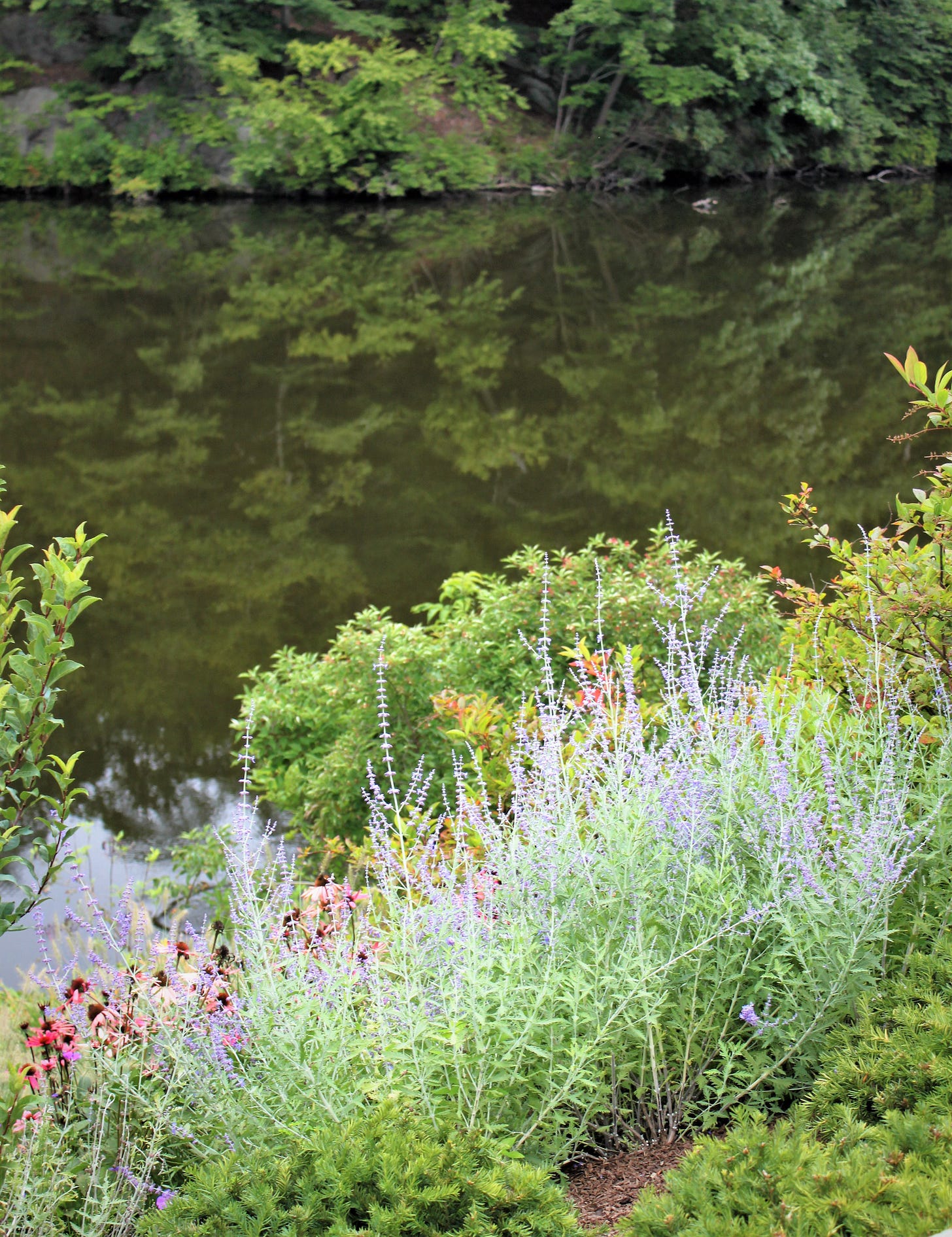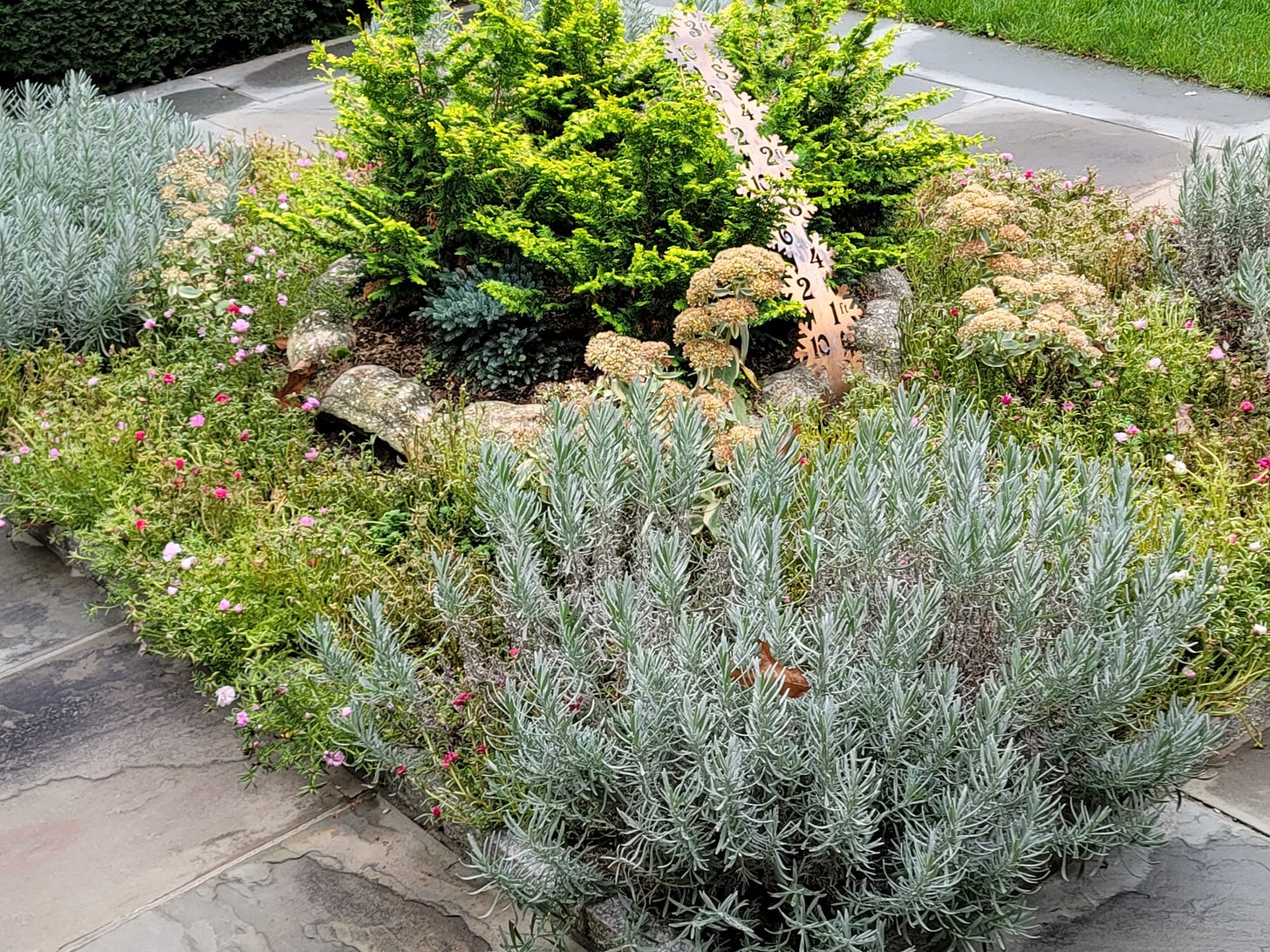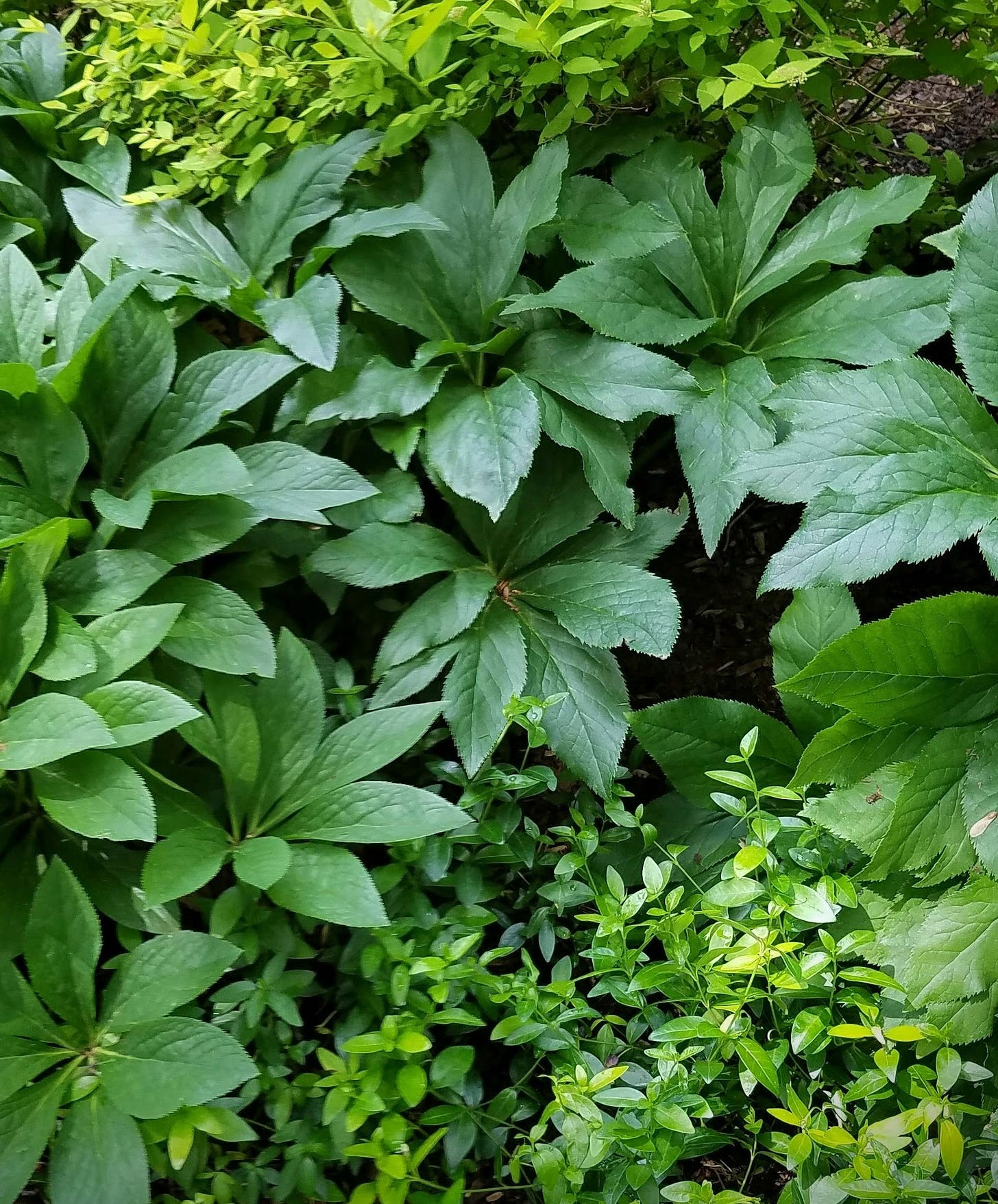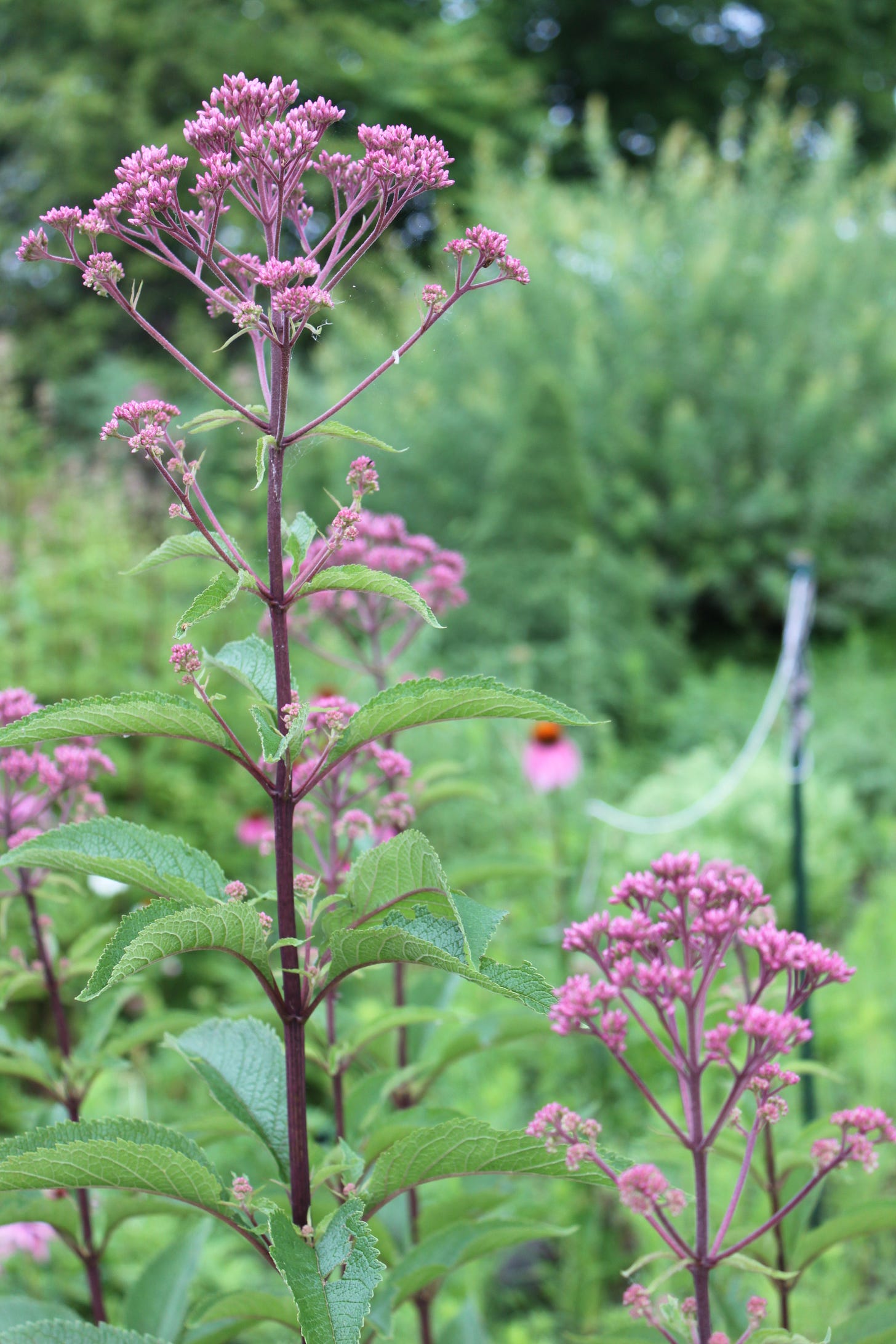If you want to ensure that you get a great bloom in spring, summer and fall make sure you know when to cut back your perennials.

Many herbaceous perennials die back to ground level during the cold season, but some remain standing, with dried stems and brown foliage, in late fall and early winter. Some gardeners may see these strong plants as unsightly and wonder if they should cut back the spent foliage. If you don’t mind the look, and there is no disease present, you need not cut down these plants until late winter or early spring. In fact, it is now recommended to leave most perennials intact during winter instead of cutting them back to the ground.
The stems and dried flowers add interest to the winter landscape, provide some insulation from the cold, and act as overwintering habitat for some birds, butterflies, and bee species.

Some perennials which are sensitive to the cold these benefit from remaining intact overwinter. So do not cut back asters, Russian sage, red hot poker, lavender, chrysanthemums, and lady’s mantle. Perennials with evergreen or semi-evergreen foliage like foamflower, coral bells, and hellebores should not be cut back until spring. Take care just to cut back their spent foliage and not the new growth.

Other perennials should be left standing simply for their winter display interest, such as the native Joe Pye weed, a butterfly favorite. These stately, tall plants add a new dimension to the dormant landscape.
Keep reading with a 7-day free trial
Subscribe to Gardentopia to keep reading this post and get 7 days of free access to the full post archives.




